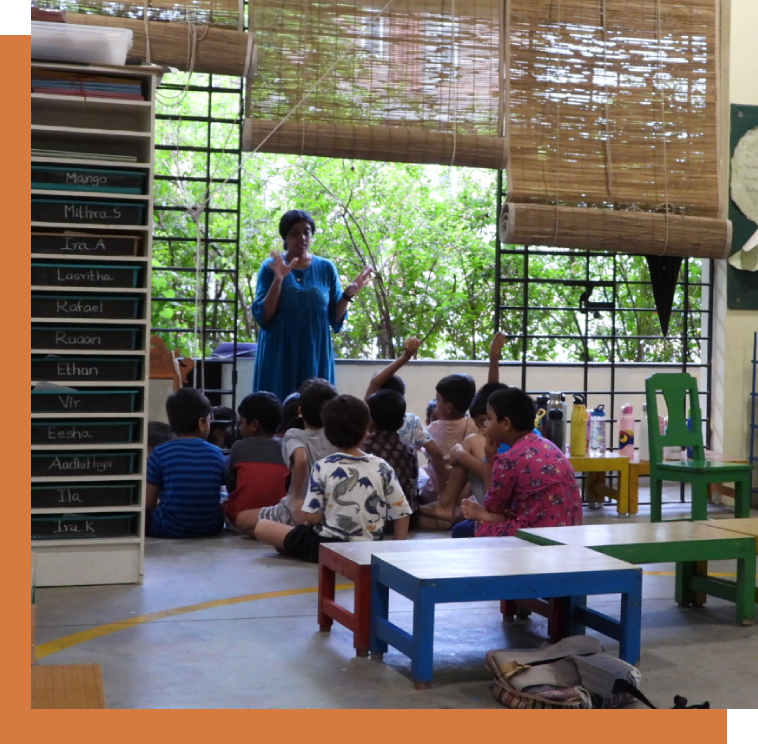Educational Work - On Learning

Learning
We ask in what ways students find their motivation to learn, to act and to work without the external motivators of rewards, punishments, comparison and its extreme form – competition.
These are some ways students find it possible to exercise their abilities and discover their own potential and find a sense of freedom and well being.
The physical activity programme at school demands that in addition to developing skills and techniques, the student learns to engage with the task or game in a group setting and face the demands of a task or game rigorously and to the best of his or her ability. The student is under no pressure to perform to represent the school in competitive arenas.
The school creates an ambiance that nurtures the student’s creative and aesthetic abilities. At school, art is not so much a skill-learning process as it is an exploration of the environment, material and a student’s own experience of life.
Students work individually, in small groups and in the large group, and are encouraged to explore their interests through projects of their own and presentations to understand the topic at hand. Students have a variety of abilities and all these must be nurtured in school. Assemblies at school and classroom practices offer such possibilities.
The school trusts that students wish to learn. Quantitative evaluation at school begins in Class 9. At this time examinations are introduced as well and students are helped to understand how their work is assessed and are ready to take ownership of their work. Students are encouraged to see learning and studying as different activities though they may overlap at times.
Students learn to question likes and dislikes and notions of predisposition and inclination and are encouraged to do their best in all the tasks that come their way.
“When the nature of freedom is understood, then you eliminate all competition; on the playing field, in the classroom. Is it possible to eliminate altogether the comparative evaluation, academically or ethically? Is it possible to help the student not to think competitively in the academic field and yet to have excellence in his studies, his actions and his daily life? Please bear in mind that we are concerned with the flowering of goodness which cannot possibly flower where there is any competition. Competition exists only when there is comparison, and comparison does not bring about excellence. These schools fundamentally exist to help both the student and the teacher to flower in goodness.”
